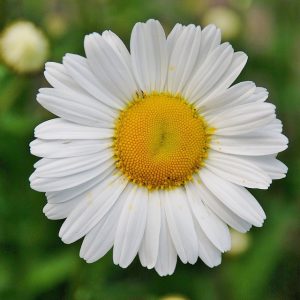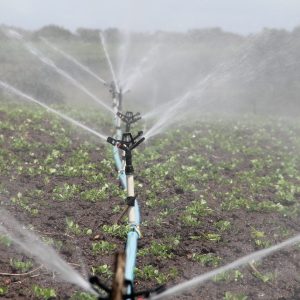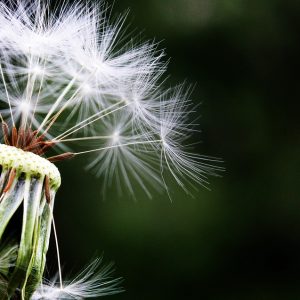Learn about Medicinal Herbs
- How to grow medicinal herbs
- The chemicals found in different species
- What those chemicals do in the human body
If you are curious about using herbs for medicinal purposes, the Medicinal Herbs Short Course will provide you with a great place to start! This self-guided course leads you through the different chemical components that herbs contain and their effects on the human body. It covers the following areas: Getting to know medicinal herbs, the chemicals in medicinal herbs and their effect on the human body, the different ways in which herbs are used for medicinal purposes, a guide of over 50 herbs and different ways in which you can find work or make business opportunities using medicinal herbs.
There are optional activities that you can complete along the way to learn more about the topic, including both practical and research activities.
The following lessons are covered in this course:
- Scope and Nature of Medicinal Herbs
- Chemicals that are found in Herbs and Effects on the Human Body
- Ways Herbs are Used in Medicines
- Methods of Preparing Herbs for Medicinal Use
- A Review of over 50 plant species; covering appearance, culture, chemistry, medicinal properties and uses.
- Working with Medicinal Herbs
An ideal learning experience for anyone seeking to better understand medicinal herbs.
- 20-hour, self-paced course
- Fully online
- Optional practical set tasks throughout
- Automated self assessment tests
- “Certificate of Completion” on achieving a 60% pass rate on a final assessment
COURSE CONTENT IN MORE DETAIL
1. Introduction The Nature and Scope of Medicinal Herbs
- What Are They?
- Uses of Medicinal Herbs
- The Evolution of Medicinal Herbs
- The Scope of Medicinal Herbs
2. Chemicals in Herbs and Their Effects on the Body
- Terms Used To Describe Medicinal Effects of Herbs
- Types of Chemicals found in Medicinal Herbs
- Other Terms Describing Medicinal Herbs
3. Ways Herbs Are Used
- Different Applications
- Medicinal Uses
- Some Important Points
4. Methods of Preparing Herbs for Use
- How to Make Herbal Tea
- How to Make Herbal Decoctions
- How to Make Herbal Ointments
5. Directory of Medicinal Herbs
- Agrimonia eupatoria
- Allium sativum
- Aloe vera
- Alpinia galanga
- Angelica archangelica
- Armoracia rusticana
- Asparagus officinalis
- Asperula odorata (syn. Galium odoratum)
- Betula spp.
- Borago officinalis
- Calendula officinalis
- Cannabis sativa
- Capsicum annum
- Citrus limonum
- Echinacea purpurea
- Elettaria cardamomum
- Eucalyptus spp.
- Ficus carica
- Foeniculum vulgare
- Glycyrrhiza glabra
- Humulus lupulus
- Hyssopus officinalis
- Lavandula angustifolia (syn. L. officinalis)
- Levisticum officinale
- Linum usitatissimum
- Matricaria recutita (syn M. chamomilla)
- Melaleuca alternifolia
- Melissa officinalis
- Mentha x piperita
- Mentha pulegium
- Mentha spicata (syn. M. viridis)
- Oenothera biennis
- Origanum vulgare
- Panax quinquefolius
- Papaver orientale
- Petroselinum crispum (syn. P. sativum)
- Pimpinella anisum
- Rheum palmatum
- Ribes rubrum
- Rosmarinus officinalis
- Rubus idaeus
- Ruta graveolens
- Salix alba
- Salvia officinalis
- Sanguisorba officinalis
- Satureja hortensis
- Symphytum officinale
- Taraxacum officinae
- Thymus vulgaris
- Ulmus rubra (syn. Ulmus fulva)
- Valeriana officinalis
- Vanilla aromatica
- Zingiber officinale
6. Working with Medicinal Herbs
- Selling Medicinal Plants: Opportunities
- Where to Market Herb Products
- Processing Concerns
- Starting a Herb Business
- Planning
- Preparing a Business Plan for a Herb Farm or Nursery
- Production Requirements





